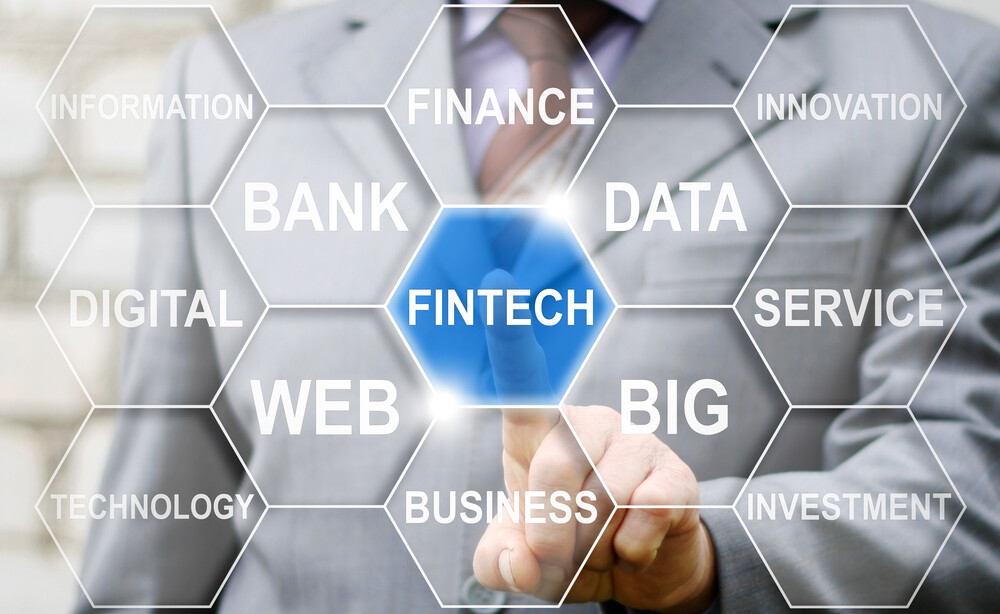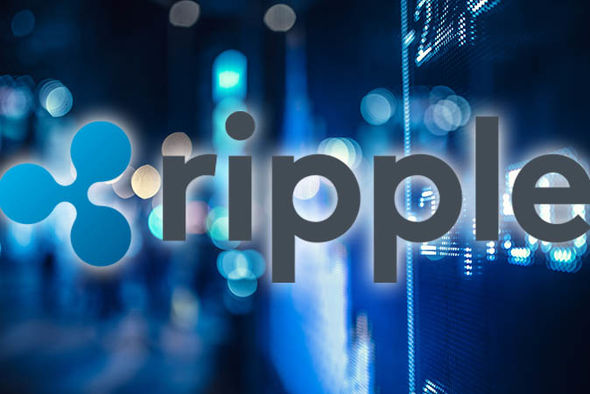In the Fintech industry, Big Data
can be used to anticipate customer behavior, but also to create strategies and
protection policies for banks and financial institutions around the world.
Every day, around the world, approximately 2.5 quintiles of bytes of data are
generated. And this rate is expected to grow even more in the future. All of
this data can be used in a number of valuable ways, with the help of
appropriate tools and algorithms. But how can Big Data be used in the banking
and financial technology sectors?
(Text from https://www.smartfinance-news.com/data-and-analytics/big-data-and-its-role-in-the-evolution-of-fintech)

Customer Segmentation
Financial technology companies
are well known for being customer focused, and customer segmentation is one of
their areas of interest. The financial sector focuses on dividing its customers
according to age, gender, online behavior, economic status, and geographic
coordinates. In this sense, fintech companies can easily analyze consumer
habits, depending on age, sex and social class. They can also easily customize
their alternative banking services and products to meet the demand and needs of
each segment. The most valuable customers, that is, those who spend the most
money, can also be identified - which will generate higher levels of customer
satisfaction.
Fraud detection
Another advantage of using Big
Data in the financial sector is the prospect of fraud detection. Obviously,
with the increase in online banking transactions, companies in the industry and
their customers are more likely to be victims of fraud. Big Data helps banks
and other financial institutions better understand each customer's consumption
habits, but also their online standards. In this case, when an unusual activity
is detected by the company, the account holder can be easily contacted and
informed about a transaction that seems suspicious.
Custom Services
In banking and finance, like many
others, offering personalized services is one of the best marketing tools
available. Financial technology companies, such as the Contis Group, say that
more and more customers are looking for customized services and packages.
Banking institutions have begun to use the services of fintech companies to
improve their services and offer more personalized packages, but also a better,
more comprehensive and faster infrastructure that contributes to creating a
personalized and easy experience for the final consumer. Not only can Fintech
companies identify spending patterns to make bank recommendations, but they can
also use them to help the end user save more money. Unlike traditional banking
institutions, fintech companies focus more on creating customized financial
services that meet very specific consumer demands, and that is where Big Data
comes into the discussion.
Better compliance features
Companies that offer financial
services always need to follow specific rules. This requires frequent audits
and compliance controls to meet industry-specific demands for security,
privacy, data, and finance. Big Data contributes to providing these companies
with valuable information in terms of consumer needs and expectations in
relation to them. Using cloud-based data, these companies can now use
analytical packages and integrate them into their systems, allowing them to
take a more actionable view in that regard. In addition, fintech companies
offering customized financing options can now analyze and detect where a
financial crisis is most likely to occur and adapt their strategies to follow
some precautionary measures.
The financial technology industry
is evolving at an accelerated pace, and from the Internet banking services,
companies in the industry have increased their capabilities and the financial
services offered. Machine learning and artificial intelligence seem to open new
avenues in all sectors, and the alternative financial sector also seems to
benefit greatly from this. Ultimately, this translates into better and more
personalized services for B2B and B2C consumers.
(Text from https://www.smartfinance-news.com/data-and-analytics/big-data-and-its-role-in-the-evolution-of-fintech)
















